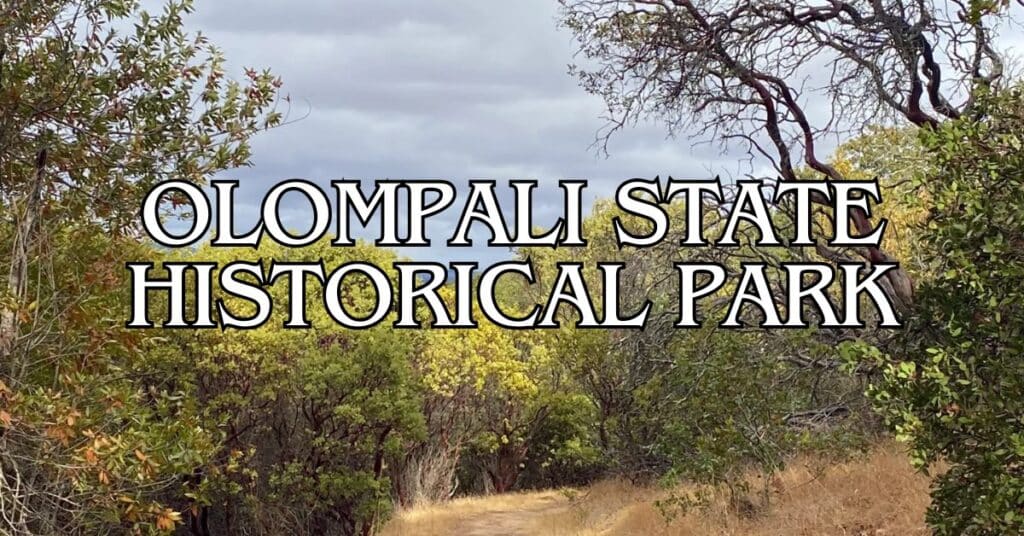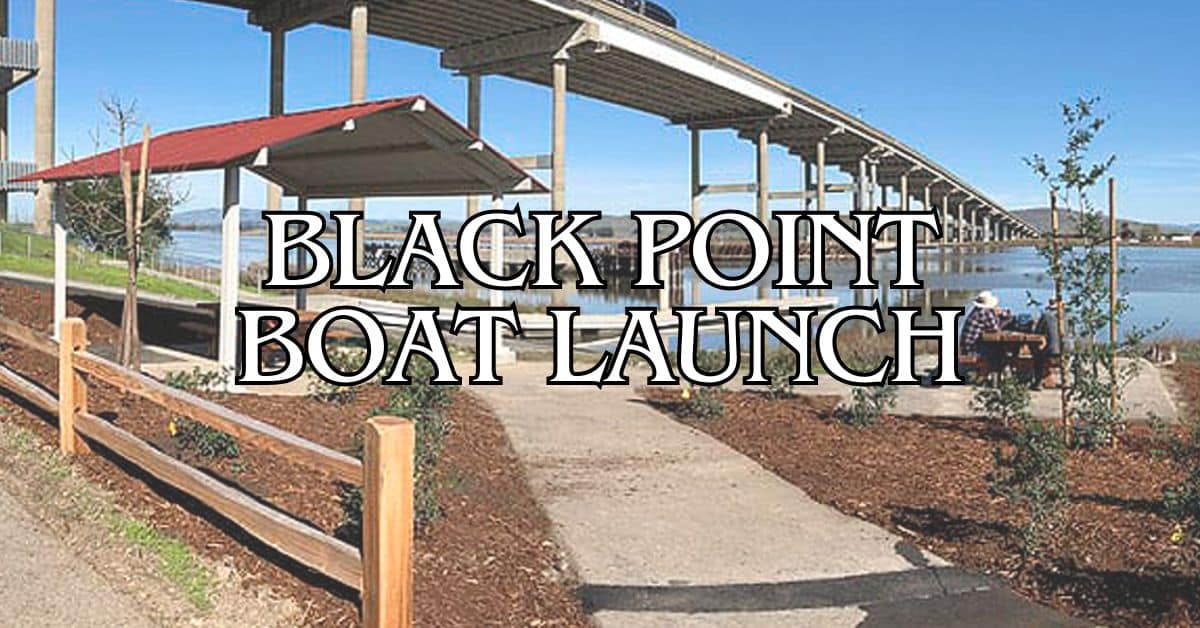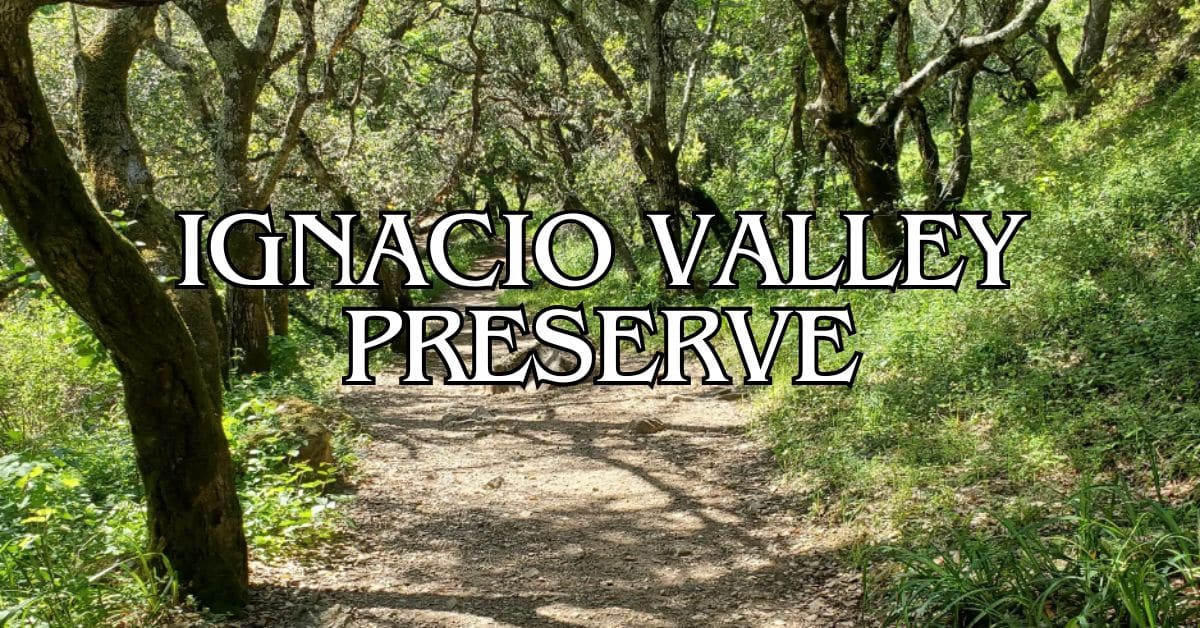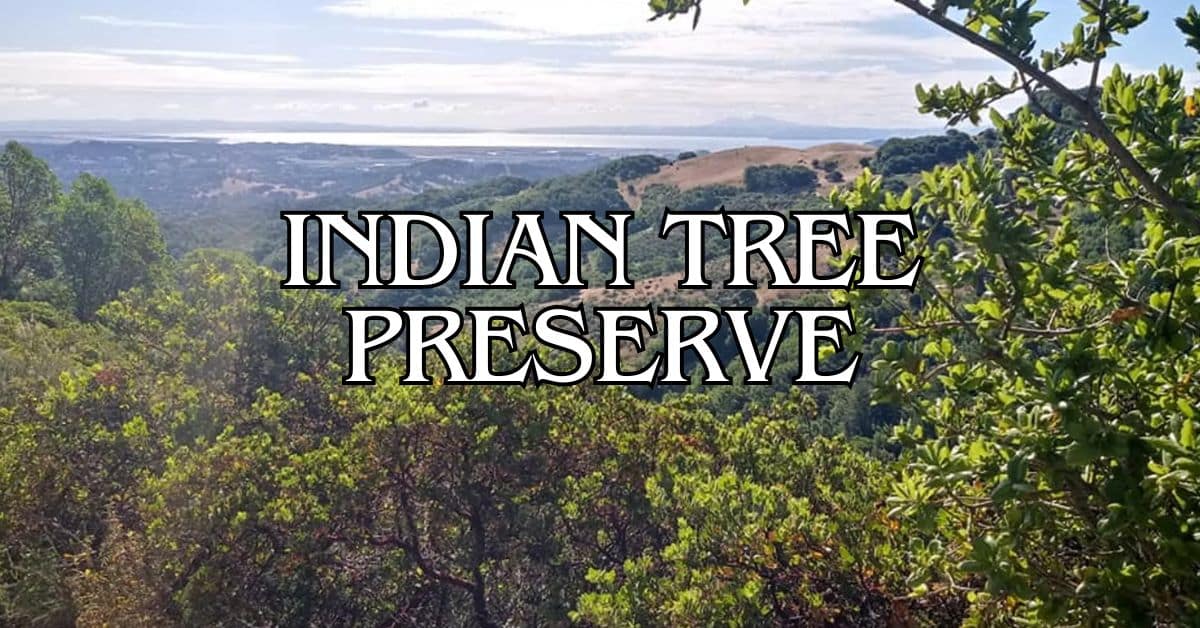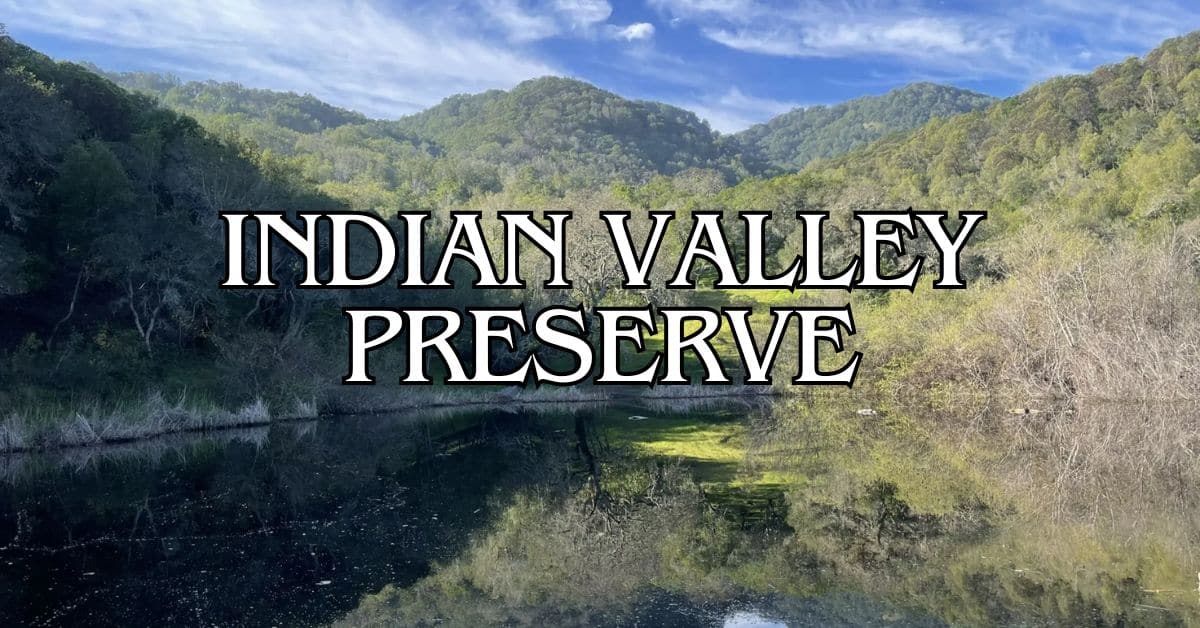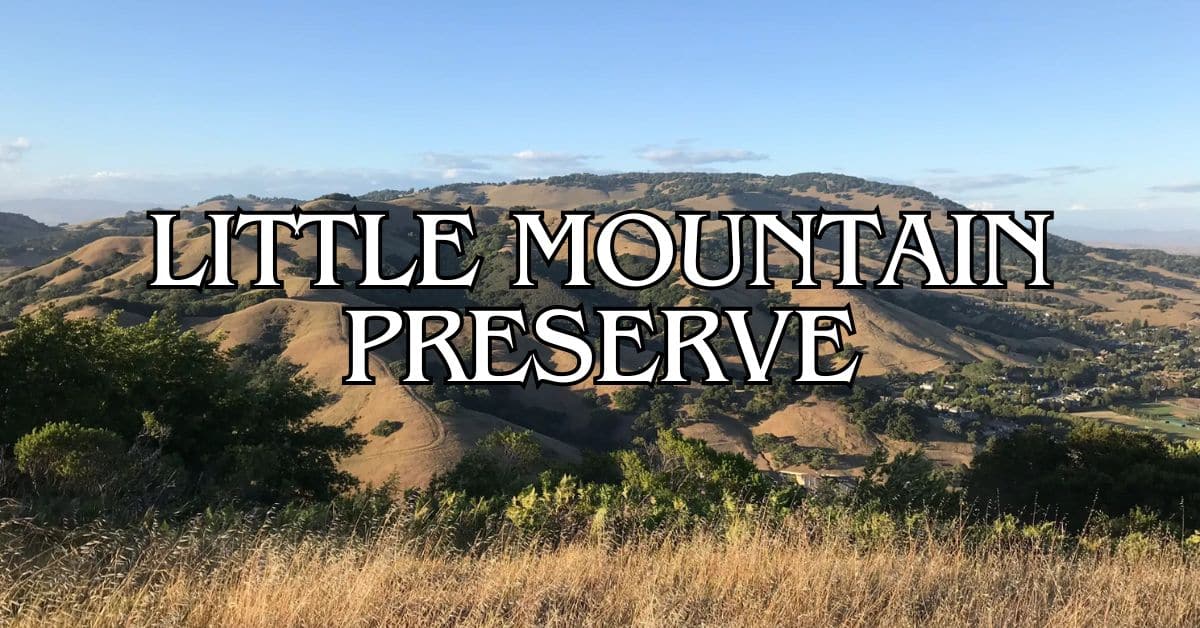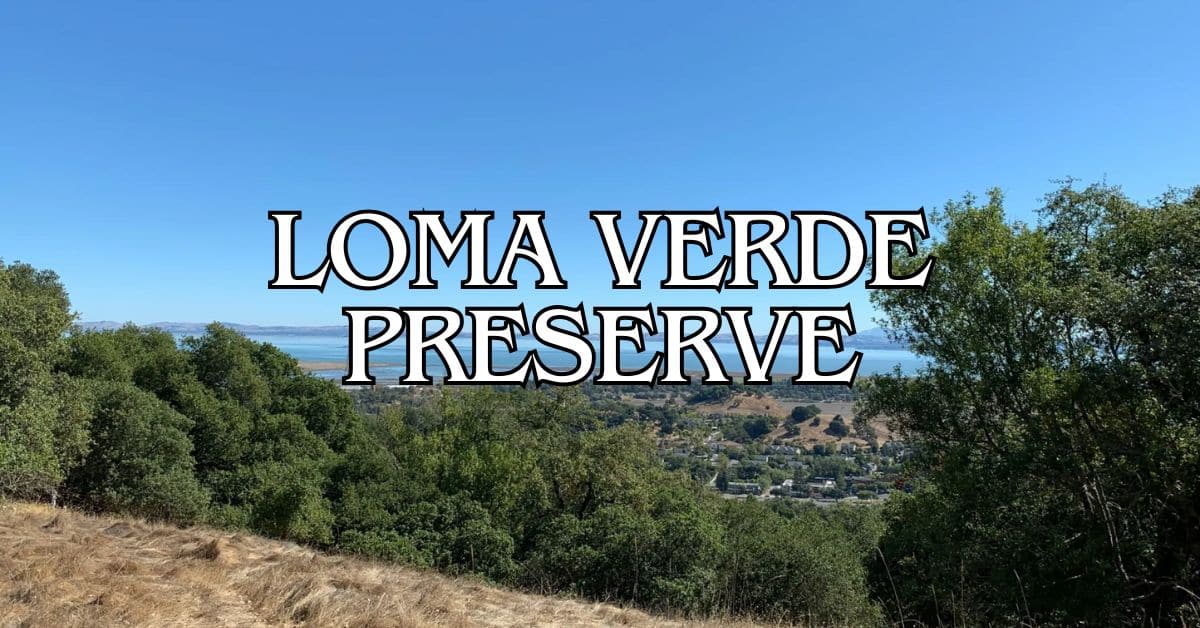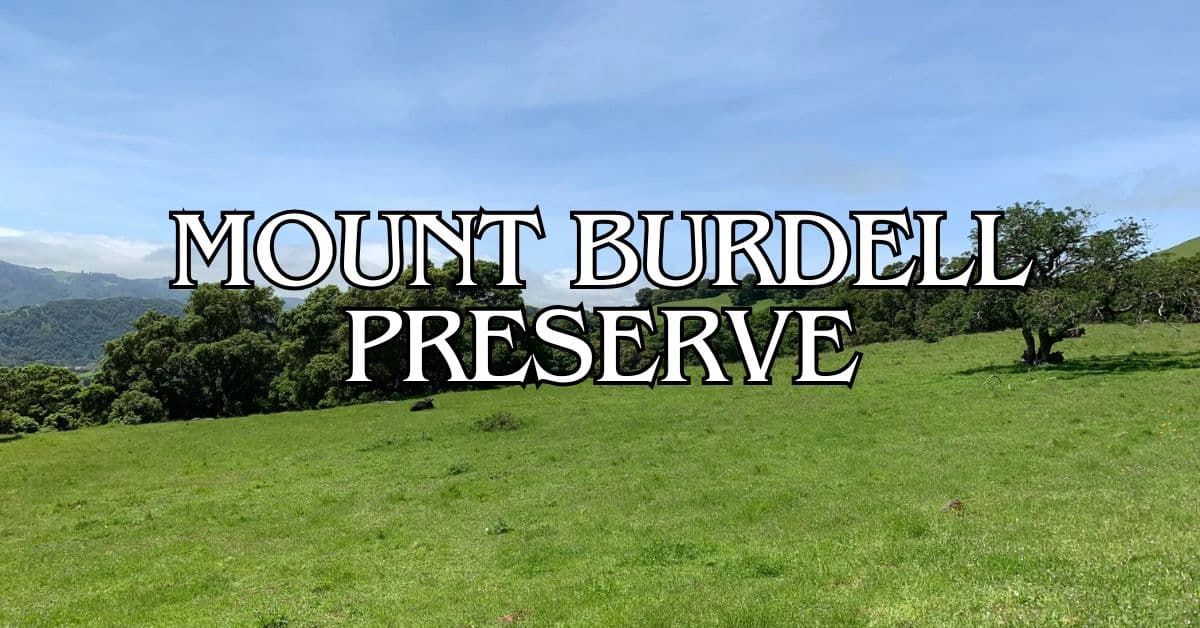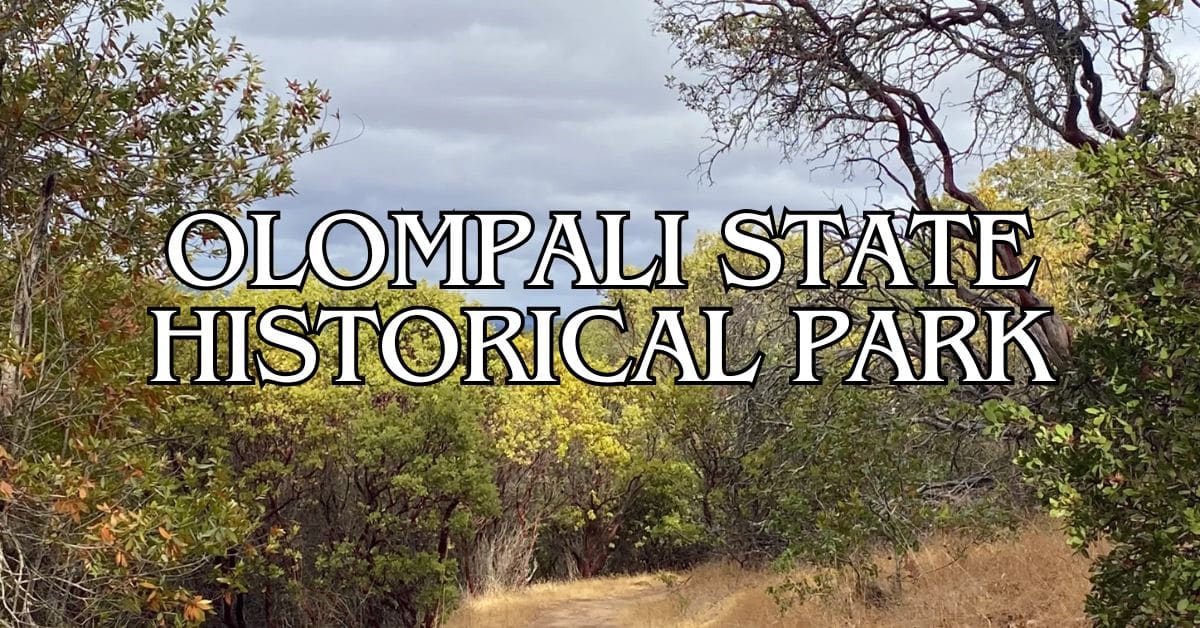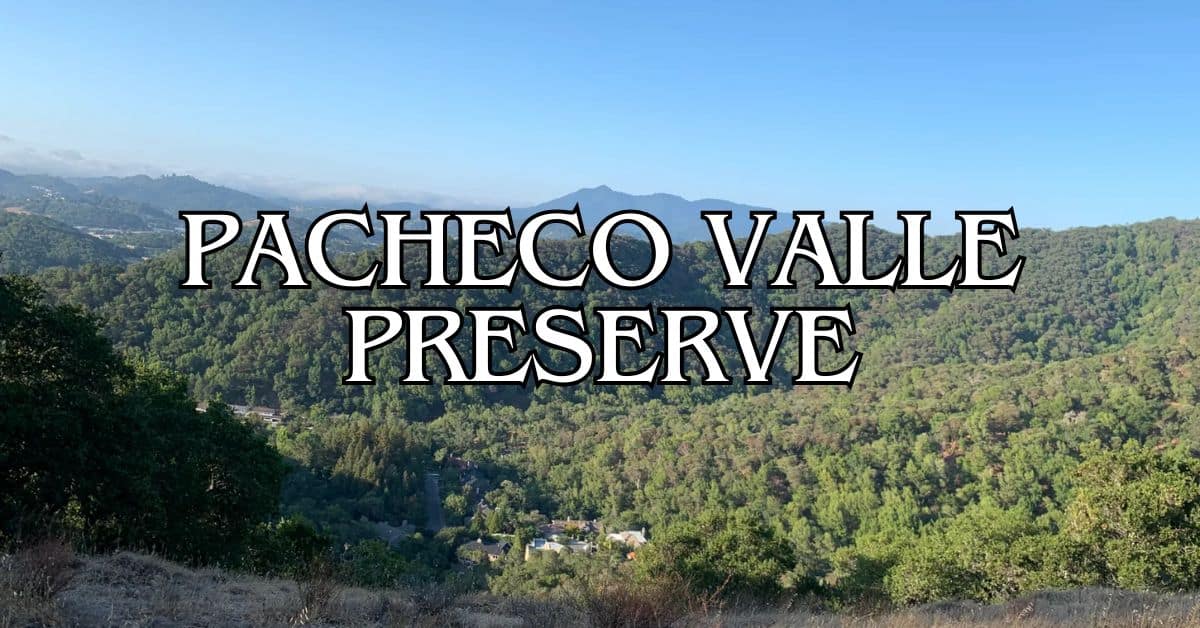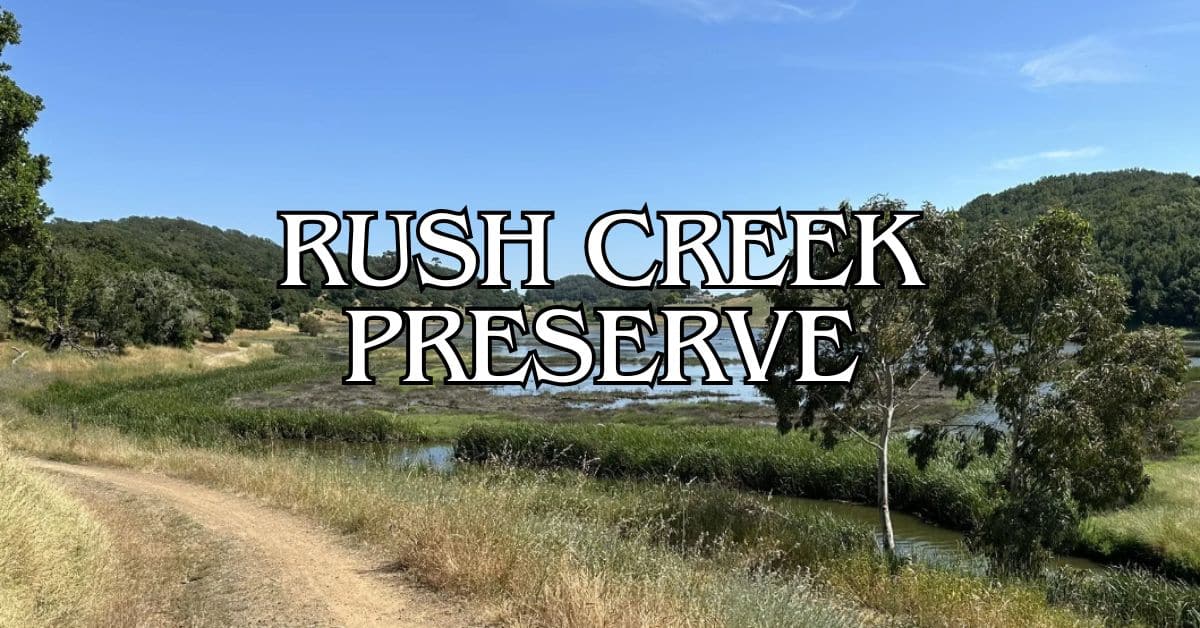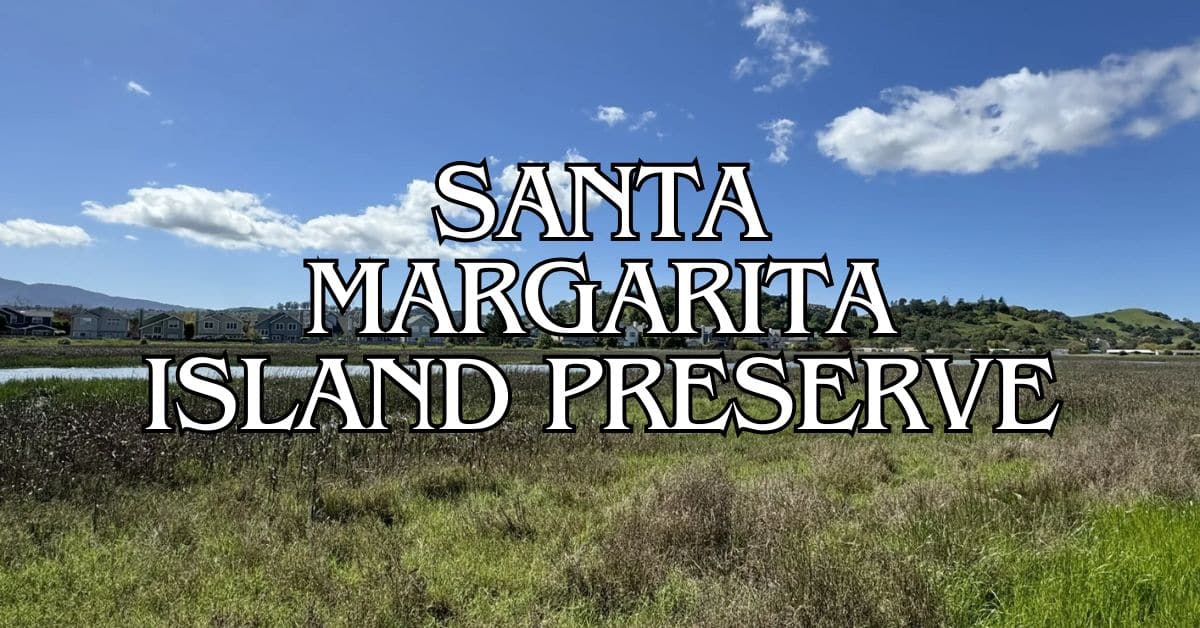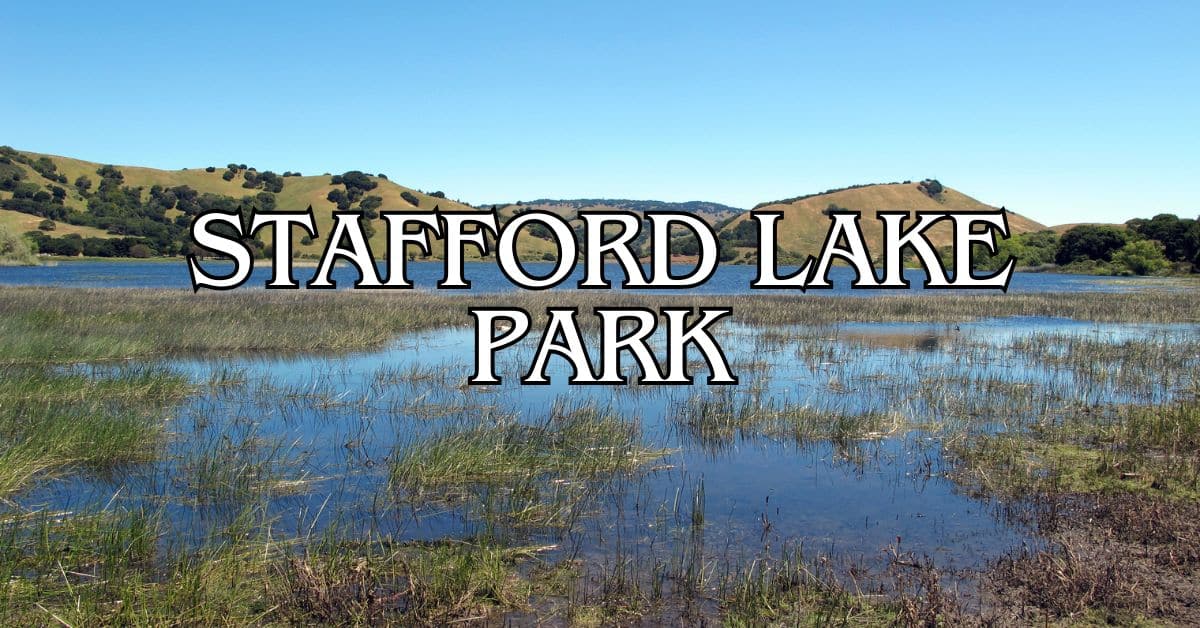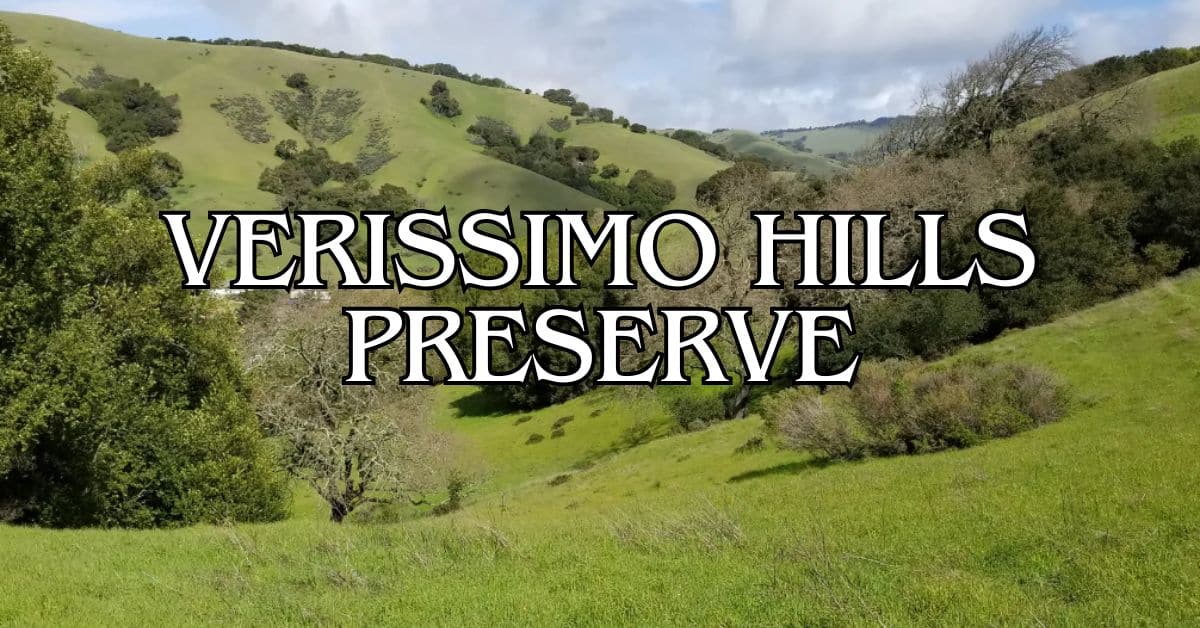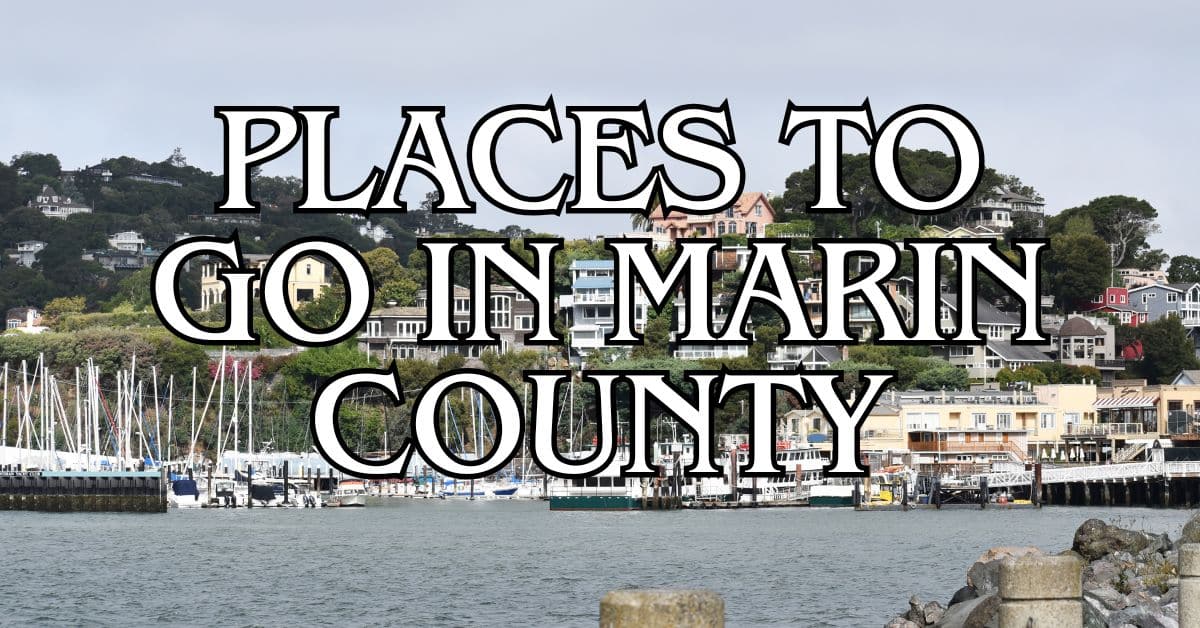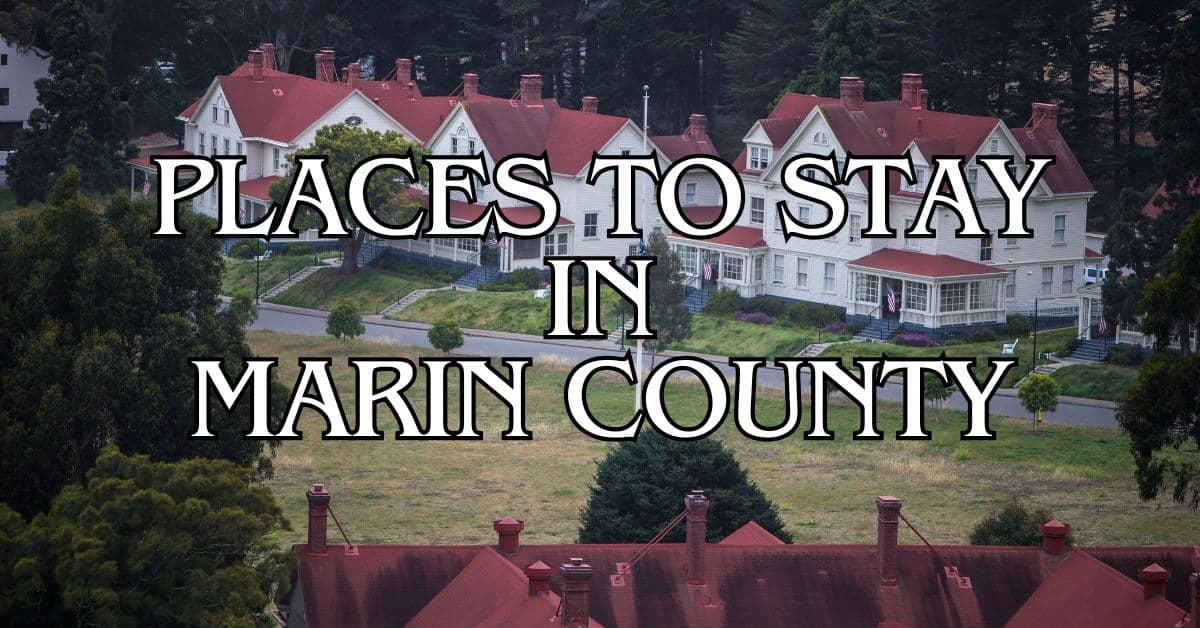Perched on the eastern slopes of 1,558-foot Mount Burdell just north of Novato, Olompali State Historic Park is where natural beauty and history collide. The park sprawls across 700 acres, overlooking the Petaluma River and San Pablo Bay. You get miles of walking trails—some easy, some a bit more challenging—so there’s really something for everyone.
Olompali’s story stretches back thousands of years, from its days as Coast Miwok land to its brief, wild run as a 1960s hippie commune. You’ll find recreated Miwok structures, the adobe house of Camilo Ynitia (the last Miwok headman), and all sorts of reminders of the park’s layered past as you wander around.
Discover hand-picked hotels and vacation homes tailored for every traveler. Skip booking fees and secure your dream stay today with real-time availability!
Browse Accommodations Now
The name “Olompali” comes from the Miwok language, so you’re literally walking through history. Out on the trails, you’ll spot interpretive signs about the cultural significance of different spots. It’s not just a hike—it’s a crash course in California’s tangled history.
Overview of Olompali State Historic Park
Olompali State Historic Park is this odd but wonderful mix of natural beauty and deep, deep history. The park’s 700 acres protect important cultural sites and offer scenic trails with a side of learning.
Location and Directions
You’ll find Olompali State Historic Park on the eastern slopes of the Marin Peninsula in Marin County, California. It sits above the Petaluma River and San Pablo Bay, so the views are pretty great—especially if you’re into open hills and distant water.
Getting there’s easy: it’s just north of Novato, right off US 101. Take the Atherton Avenue exit, follow the signs, and you’re there. The drive from San Francisco is usually a half hour or so, depending on traffic. Honestly, it’s one of those perfect day trips if you just need to get out of the city.
The park’s bowl-shaped geography creates a micro-ecosystem that’s kind of fascinating if you’re into that sort of thing. There’s parking near the entrance, and you’ll start your adventure at the picnic area, surrounded by the old Burdell mansion, gardens, and a few ranch buildings.
History and Significance
Olompali goes way back in California’s past. The Coast Miwok people called this place home for generations, and Olompali village was one of the biggest indigenous settlements in the region. Archaeologists have found signs of people living here for thousands of years.
In the 1800s, the area became Rancho Olómpali and played a part in California’s messy transition to statehood. The Battle of Olómpali happened here during the Bear Flag Revolt—a wild moment in the state’s history.
Fast forward to the 1960s, and Olompali turned into a hippie commune. That chapter adds a whole different flavor to the park’s story.
You can check out historical structures like the Burdell mansion and old ranch buildings. Trails connect these sites, and there are info displays that help you piece together why this place mattered—and still matters—to California.
Natural Features and Landscape
Olompali State Historic Park has 700 acres of diverse natural beauty at Mount Burdell’s base. It’s a blend of rolling hills, oak woodlands, and meadows, all with views of San Pablo Bay and the Petaluma River.
Scenic Views and Elevation
Mount Burdell rises to about 1,558 feet, but you’ll only climb about 500 feet if you stick to the main trails. The higher you go, the better the views—San Pablo Bay stretches out to the east, and the Petaluma River meanders off to the northwest. If the weather’s clear, you might catch a glimpse of the San Francisco skyline.
Most people head up the Mount Burdell Fire Road for the best vistas. The trail isn’t too steep, so you don’t have to be a hardcore hiker. Early mornings are the sweet spot for views, before the fog drifts in.
Flora and Fauna
Spring brings wildflowers—California poppies, lupines, buttercups. The meadows turn into a riot of color from February through May.
In the oak woodlands, you’ll find:
- Coast live oaks
- Valley oaks
- California bay laurels
- Buckeyes
Ferns cluster in the shadier lower trails, and native grasses fill the open areas.
Wildlife? There’s plenty, but you’ll need a bit of luck (and some patience). You might spot:
Find the perfect hotel or vacation rental. Instant booking, no fees!
View Top Stays
- Black-tailed deer
- Wild turkeys
- Red-tailed hawks
- Western fence lizards
- Songbirds
The park’s mix of habitats means you’ll see different plants and animals depending on the season—spring wildflowers, autumn color in the trees, and so on.
Hiking and Outdoor Activities
Olompali State Historic Park has a handful of trails and outdoor spaces where you can soak up nature and history at the same time.
Loop Trail and Other Routes
The Olompali Trail is the main draw. It loops through a bunch of different landscapes and gives you some great views of the wetlands. It’s rated easy to moderate, so most folks can handle it.
Trails wind around the lower slopes of Mt. Burdell, and you’ll get new perspectives every time you turn a corner. Birders love these paths, and you’ll probably pass a few hikers along the way.
No dogs allowed on the trails, and bikes are out too. Horseback riding is okay, but only on certain routes.
Trails stay open all year, so you can see the park in every season.
Picnic Areas and Facilities
There are a few picnic areas scattered around if you want to relax after a hike. Picnic tables are first-come, first-served.
These spots are simple but pleasant, with some shade from the trees. You’ll find trash cans nearby, so do your part and keep things clean.
For day hikers, these picnic areas are perfect for a break or a quick meal. You get nice views and a quiet spot to recharge.
Just remember—whatever you bring in, take it out. The park’s beauty depends on visitors not leaving a mess.
Historical and Cultural Landmarks
Olompali State Historic Park keeps a handful of buildings alive, each telling a bit of California’s story. These range from Victorian homes to relics of the 1960s communal living experiment.
Burdell Mansion and Victorian Garden
The Burdell Mansion is the park’s showpiece. Built by the Burdell family in the 1860s, it’s a classic two-story Victorian.
Mary Burdell, who was married to Galen Burdell, created a Victorian garden around the mansion. She went all out—formal walkways, exotic plants, ornamental trees, the works.
A fire in 1969 damaged the mansion, but you can still see parts of the old foundation. The garden’s bones are there too, with interpretive signs explaining what grew where.
The Burdells ran this land for almost 100 years, turning it into one of Marin County’s most productive ranches.
Ranch House and University of San Francisco Era
The Ranch House has worn a lot of hats. It started as the main ranch residence, then shifted to other uses.
In the 1960s, the University of San Francisco bought the property and used the Ranch House as a retreat center. Professors and students gathered here for academic events and some much-needed downtime.
Later, the place became “The Chosen Family” commune. Musicians—including some Grateful Dead members—dropped in. The community tried to live off the land, sharing resources and growing their own food.
Luxury stays to cozy cottages await, all with instant booking. Find the best deals!
Browse Marin Stays
You can wander the Ranch House grounds now, reading displays about its transformation from a university retreat to a counterculture hub. The architecture’s changed over time, and old photos on display help you picture daily life in each era.
Indigenous Heritage and Miwok Village
Olompali State Historic Park protects Coast Miwok history, with archaeological sites that go back thousands of years. The park is working to honor this indigenous heritage through education and reconstruction.
Coast Miwok Culture
The Coast Miwok lived here for countless generations, shaping and being shaped by the land. Their connection to Olompali still matters. The name itself is Miwok.
Camilo Ynitia—the last hoipu (headman) of the Miwok at Olompali—lived in an adobe house that’s still standing. That building marks a turning point in California history.
The park is building structures to represent a traditional Coast Miwok village. These will become places where visitors can learn about indigenous life—how people lived, what they ate, how they built homes.
Archaeological Sites
Six archaeological sites sit within Olompali State Historic Park. The biggest, Mrn-193, holds evidence of thousands of years of life.
One highlight is “Kitchen Rock,” where Coast Miwok people ground food using stones. You can see the smooth depressions in the rock—centuries of hands at work.
Archaeologists have uncovered tools, food remains, and other artifacts here. These finds show how the Coast Miwok managed resources and adapted as the environment changed.
The park runs interpretive programs so you can get a better sense of what’s been found and why it matters.
Modern History and Cultural Impact
Olompali’s recent past reflects some wild cultural shifts in Northern California. Its journey from hippie commune to state park is a story in itself.
The Grateful Dead and 1960s Legacy
In the late 1960s, Olompali became a hippie commune at the heart of the counterculture movement. The Grateful Dead—yes, the actual band—lived at the Burdell Mansion for a while in 1966. Band members and their families used it as a chill retreat between gigs.
That era ended pretty abruptly when a fire gutted the mansion in 1969, putting a stop to the commune experiment.
Today, you can still see traces of that time as you walk the grounds. The visitor center has photos and exhibits about this brief but memorable chapter in Olompali’s story.
Connection to San Francisco
Olompali sits about 30 miles north of San Francisco, and that closeness has always made it a natural satellite for the city’s cultural movements. Back in the 1960s, folks from the commune drifted in and out of San Francisco, carrying new urban counterculture ideas up to this quieter, rural spot.
The park feels like a quieter echo of San Francisco’s famous Summer of Love. Sure, the city drew the crowds, but Olompali let people try out communal living on a much smaller, more personal scale.
Even now, you can spot the thread connecting the two places. Plenty of visitors pair a trip to Haight-Ashbury with a stop at Olompali—maybe that’s the best way to get a real sense of how the 1960s counterculture played out across Northern California.
Visitor Information and Amenities
Olompali State Historic Park keeps things simple for day visitors. You’ll find basic amenities, but the place still feels wild and true to its history.
Parking and Access
There’s a big parking lot with plenty of spots, open during regular park hours. Keep in mind, though, this is a day-use park—no camping, so you’ll want to plan your time.
Getting there is a breeze. The park sits just 3 miles north of Novato, and the entrance is easy to spot right off Highway 101.
Once you get there, expect portable toilets—nothing fancy, but they’re cleaned regularly. The visitor center doesn’t keep long hours, so it’s smart to check ahead if you want to stop in. When it’s open, you’ll find helpful info on the park’s history and trails.
Park Rules and Safety
Dogs aren’t allowed on park trails. It’s mostly about protecting the environment and the old stuff scattered around here.
You can’t take bikes on the trails either, but horseback riding’s totally fine—as long as you stick to the designated paths. If you’re saddling up, check the signs for any special rules for equestrians.
You’ll find hiking trails all over the lower slopes of Mt. Burdell. Some are easy, some are a bit more work. Stick to the marked paths and don’t forget water—especially if it’s hot out. Nobody wants a dehydration story.
There are picnic spots tucked around the park, many with some shade to escape the sun. Please, just pack out your trash. It’s honestly the least we can do to keep things nice for everyone.
Fire risk can get pretty serious here, especially in summer and fall. Always check for fire restrictions and any emergency signs at the entrance. Better safe than sorry, right?
Find available hotels and vacation homes instantly. No fees, best rates guaranteed!
Check Availability Now
Black Point Boat Launch Travel Guide – Accessibility, Amenities, Activities, and More!
Deer Island Preserve Travel Guide – Accessibility, Amenities, Activities, and More!
Ignacio Valley Preserve Travel Guide – Accessibility, Amenities, Activities, and More!
Indian Tree Preserve Travel Guide – Accessibility, Amenities, Activities, and More!
Indian Valley Preserve Travel Guide – Accessibility, Amenities, Activities, and More!
Little Mountain Preserve Travel Guide – Accessibility, Amenities, Activities, and More!
Loma Verde Preserve Travel Guide – Accessibility, Amenities, Activities, and More!
Mount Burdell Preserve Travel Guide – Accessibility, Amenities, Activities, and More!
Olompali State Historic Park Travel Guide – Accessibility, Amenities, Activities, and More!
Pacheco Valley Preserve Travel Guide – Accessibility, Amenities, Activities, and More!
Rush Creek Preserve Travel Guide – Accessibility, Amenities, Activities, and More!
Santa Margarita Island Preserve Travel Guide – Accessibility, Amenities, Activities, and More!
Stafford Lake Park Travel Guide – Accessibility, Amenities, Activities, and More!
Verissimo Hills Preserve Travel Guide – Accessibility, Amenities, Activities, and More!


